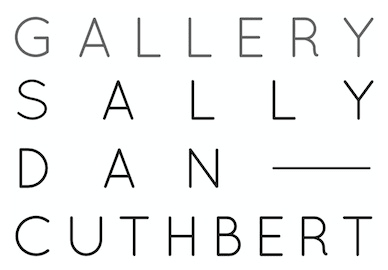Marion Borgelt has BecoMe as Much a sculptor as a painter writes John McDonalD. But throughout her evolution one thing has reMained constant – her eye for the elegant forMs, Both physical and aBstract, found so consistently through the natural world. portrait By stephen oxenbury.
Marion Borgelt’s survey exhibition at the Drill Hall Gallery in Canberra in May 2010 was a timely recognition of the consistency of the artist’s work over the past 15 years. This has been a boom time for Borgelt, who has branched out into large-scale public art projects, installations and many forms of three-dimensional work. In the earlier part of her career Borgelt was known as an abstract painter working in a vigorous, gestural manner. Her recent works are largely optical and geometrical abstractions, but there is still the same strong personality, the same propensity for motifs to virtually leap off the wall.
Borgelt was born in 1954 in the Victorian country town of Nhill, near the South Australian border. She studied in Adelaide at the South Australian School of Art, where she was identified as one of the most promising artists of her year, being awarded the Harry P Gill Memorial Medal in 1976. Within two years she was showing with Bonython Gallery in Adelaide, and by 1982 with Roslyn Oxley9 Gallery in Sydney.
Borgelt left SASA with a travelling scholarship that enabled her to enrol at the New York Studio School in 1978. She would stay on in New York undertaking postgraduate studies until 1980. When she returned to Australia it was as a sophisticated and confident painter. In 1982 her work would be included in the 4th Biennale of Sydney Vision in Disbelief and in 1985 in the Australian Perspecta. The following year she represented Australia at the 6th Indian Triennale along with Jenny Watson.
Borgelt’s paintings of the 1980s, such as Athenian Netherworld and The Night Eye, were often compared to skin cells or webs. Their organic, biomorphic overtones suggested a relationship with the natural world, but her forms remained ambiguous. There were suggestions of landscape, and a ragged touch that revealed the influence of Cézanne, but it was as though she had delved beneath the surface of appearances to expose an underlying structure. These were complex paintings that sent the eye on a slow journey around the canvas, weaving in and out of roughly defined planes, or brushing across rippling, shell-like surfaces...


